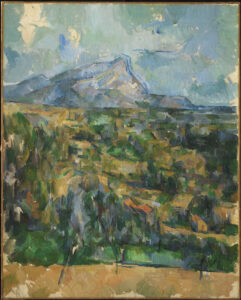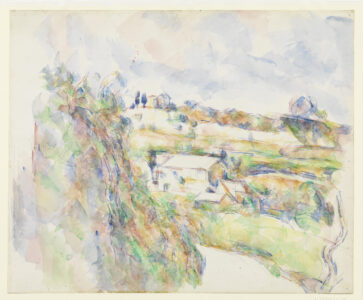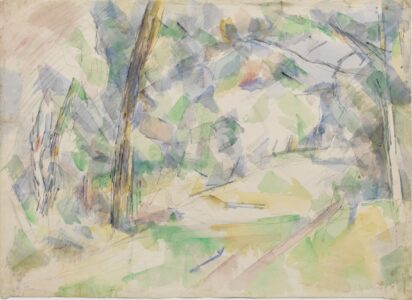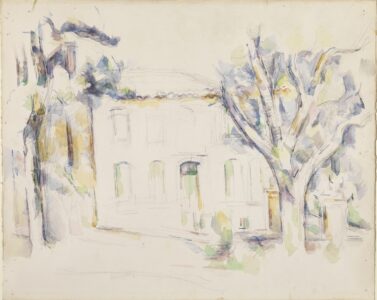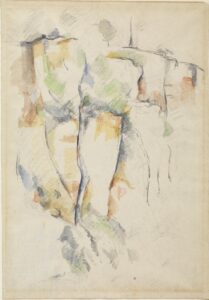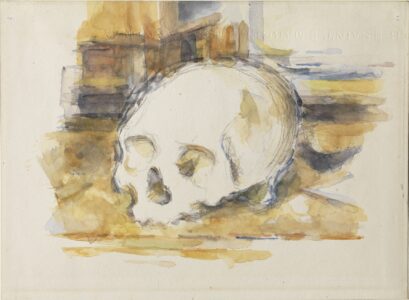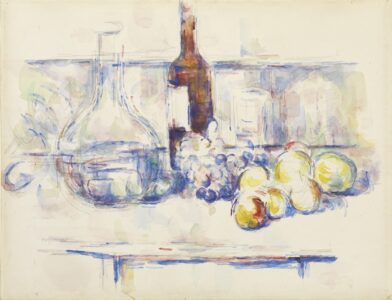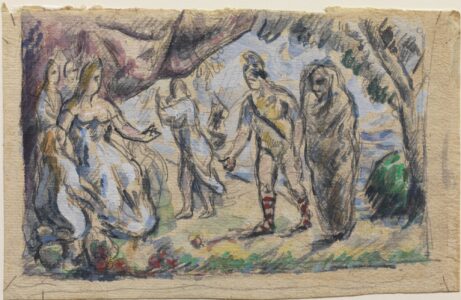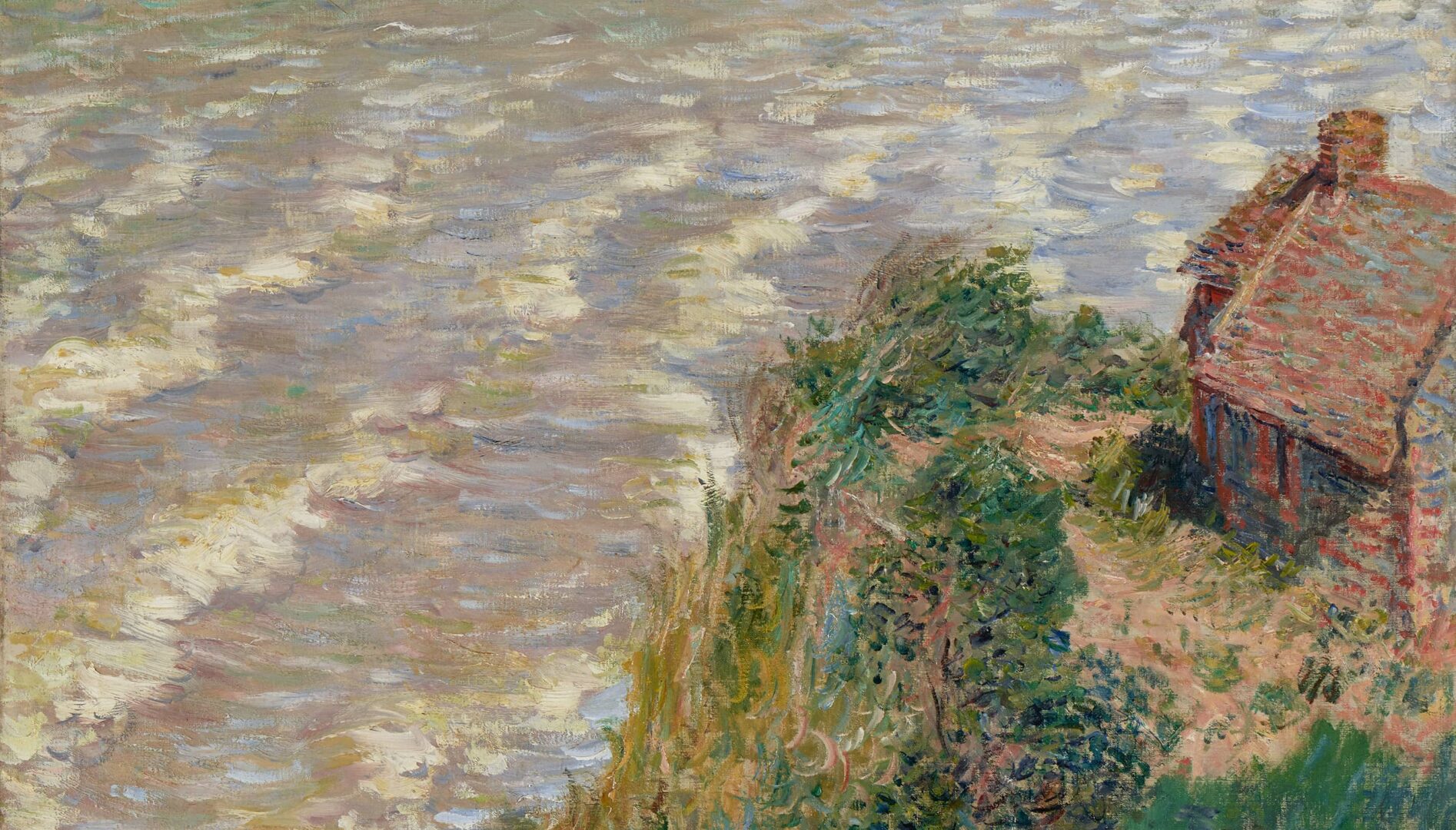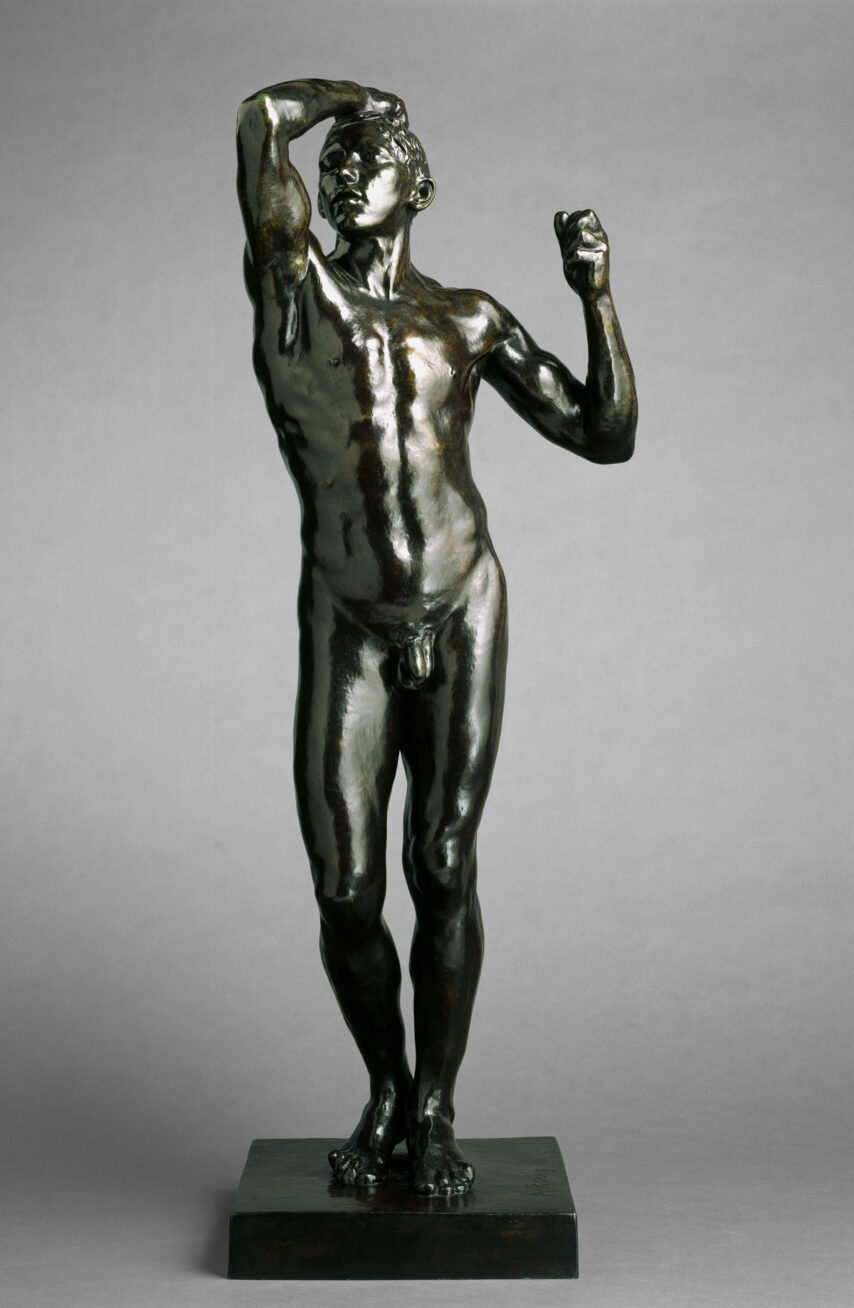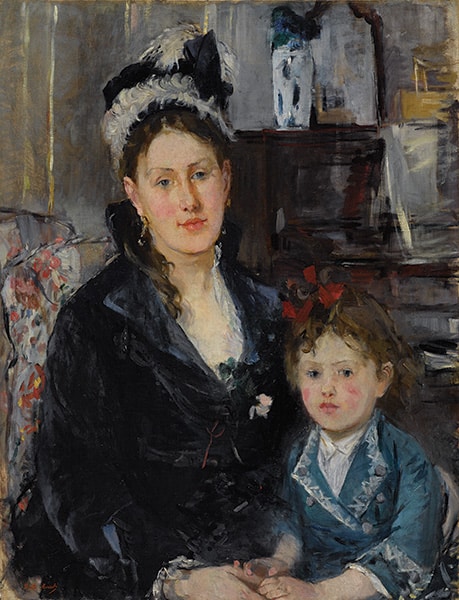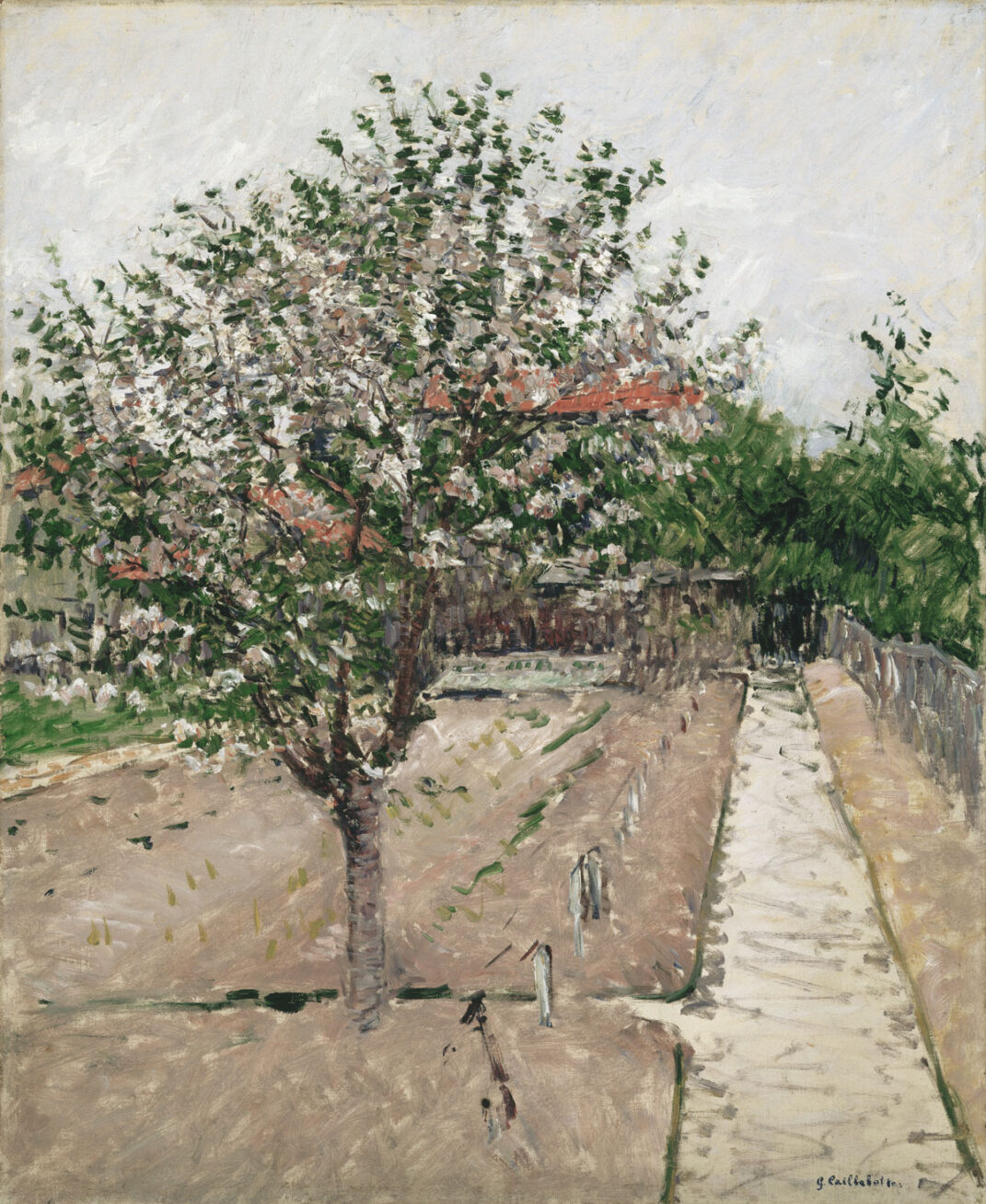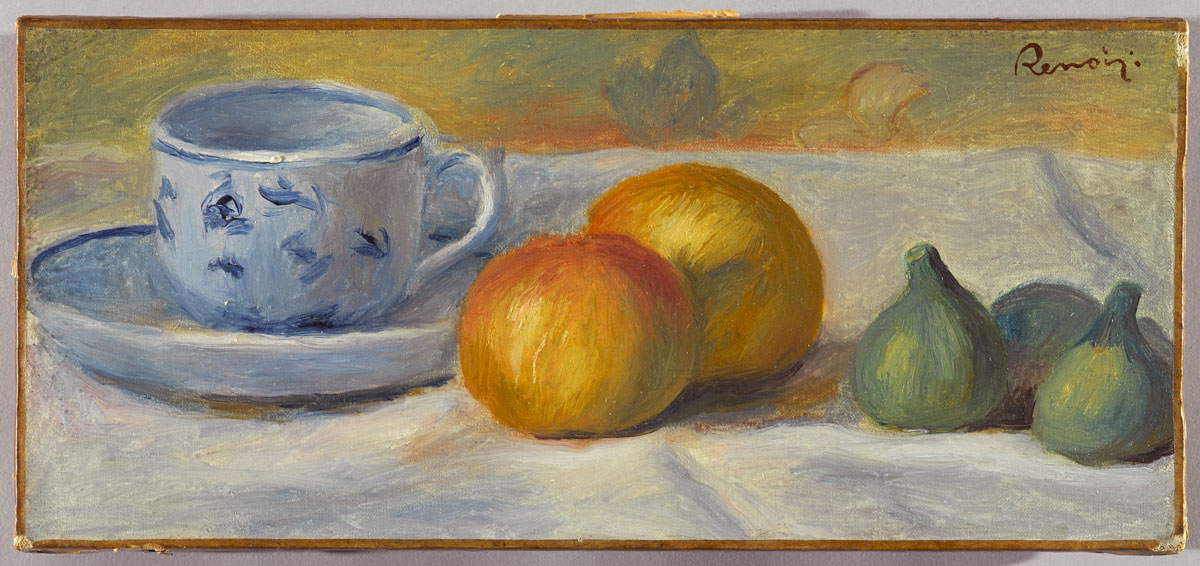The Henry and Rose Pearlman Foundation has announced that its entire collection will be gifted to three major institutions: the Brooklyn Museum, the Los Angeles County Museum of Art (LACMA), and The Museum of Modern Art (MoMA) in New York. Comprising an exceptional group of Impressionist, Post-Impressionist, and modern artworks, the Pearlman Collection will be gifted across the three institutions in a novel sharing arrangement that will enhance access to larger and more diverse audiences through continually changing contexts. Henry Pearlman (1895–1974) began purchasing avant-garde art in 1945 with a landscape by Chaïm Soutine, which led to a selfguided education in 19th- and 20th-century European art and a passion for collecting that endured for the rest of his life. From the very start of this collection, he and his wife, Rose, maintained a fundamental interest in sharing their experience of art as widely as possible, instilling populist values in their children and grandchildren that are the Foundation’s inspiration for making this extraordinary gift.
As part of this gift, 29 works will join the Brooklyn Museum’s collection, with exceptional paintings and sculpture by Chaïm Soutine, Paul Gauguin, Edgar Degas, and Amedeo Modigliani, includingThe Brooklyn Museum will receive
The sacred grove (1884) by Henri de Toulouse-Lautrec,

After the bath, woman drying herself (c.1890) by Edgar Degas,
Portrait of Jean Cocteau (1916) by Amedeo Modigliani
and Path to the fountain (c.1920) by Chaim Soutine.
LACMA will receive six works, including
Edouard Manet’s Young Woman in a Round Hat (c. 1877–79), and
 Vincent van Gogh, Tarascon Stagecoach, 1888, promised gift from the Henry and Rose Pearlman Foundation. |
Vincent van Gogh’s Tarascon Stagecoach from 1888, the first paintings by either artist to enter the collection
MoMA will receive 28 works. Highlights include Paul Cézanne’s Mount Sainte-Victoire (c.1904-1906), Cistern in the park of Château Noir (c.1900) as well as 15 of Cézanne’s most luminous watercolors:
Paul Cézanne, Mont Sainte-Victoire, c. 1904–06, promised gift from the Henry and Rose Pearlman Foundation, photo by Bruce White
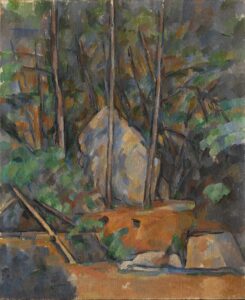
and Cistern in the Park of Château Noir (c. 1900), as well as 15 of Cézanne’s most luminous watercolors.
Paul Cézanne, Cistern in the Park of Château Noir (c. 1900), promised gift from the Henry and Rose Pearlman Foundation, photo by Bruce White
Paul Cézanne, Chemin des Lauves: The Turn in the Road, 1904–06, promised gift from the Henry and Rose Pearlman Foundation, photo by Bruce White
Paul Cézanne, Three Pears (Trois poires), ca. 1888–90, promised gift from the Henry and Rose Pearlman Foundation, photo by Bruce White
Paul Cézanne, Forest Path (Chemin sous bois), ca. 1904–06, promised gift from the Henry and Rose Pearlman Foundation, photo by Bruce White
Paul Cézanne, House in Provence (Maison en Provence), 1890–94, promised gift from the Henry and Rose Pearlman Foundation, photo by Bruce White
Paul Cézanne, Rocks at Bibémus (Rochers de Bibémus), ca. 1887–90, promised gift from the Henry and Rose Pearlman Foundation, photo by Bruce White
Paul Cézanne, Study of a Skull (Etude de crâne), 1902–04, promised gift from the Henry and Rose Pearlman Foundation, photo by Bruce White
Paul Cézanne, Fountain, Place de la Mairie in Aix-en-Provence (La fontaine de la place de la mairie à Aix-en-Provence), ca. 1900, promised gift from the Henry and Rose Pearlman Foundation, photo by Bruce White
Paul Cézanne, Still Life with Carafe, Bottle, and Fruit (Nature morte avec carafe, bouteille, et fruits), 1906, promised gift from the Henry and Rose Pearlman Foundation, photo by Bruce White



